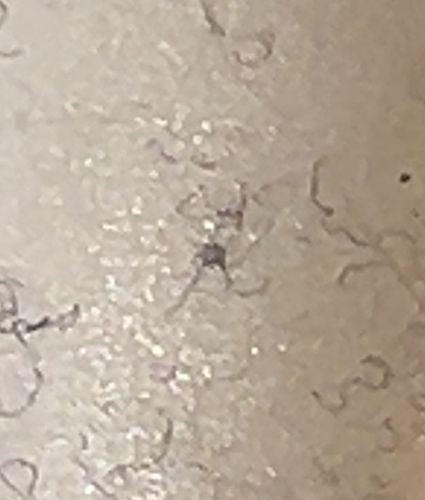Thrips
Scientific Name: Thysanoptera (various genera and species)
Order & Family: Order: Thysanoptera, various families (e.g., Thripidae, Phlaeothripidae)
Size: 0.5 - 5 mm (typically 1-2 mm)

Natural Habitat
Found on a wide variety of plants, including agricultural crops, ornamental plants, fruits, vegetables, and weeds. They can also be found indoors on houseplants and in greenhouses.
Diet & Feeding
Mainly plant sap, pollen, and fungal spores. Some species are predatory on other small arthropods or their eggs.
Behavior Patterns
Thrips are very small and often go unnoticed until their populations are large enough to cause visible damage. They feed by puncturing plant cells and sucking out their contents. They can overwinter in soil, plant debris, or on host plants. Their life cycle includes egg, two larval instars, prepupa, pupa, and adult.
Risks & Benefits
Risks: Many species are significant agricultural and horticultural pests, causing damage to crops by feeding (leading to silvering, distortion, or stunted growth) and by transmitting plant viruses (e.g., Tomato spotted wilt virus). Benefits: A few species are beneficial as predators of other pest mites and insects.
Identified on: 8/26/2025